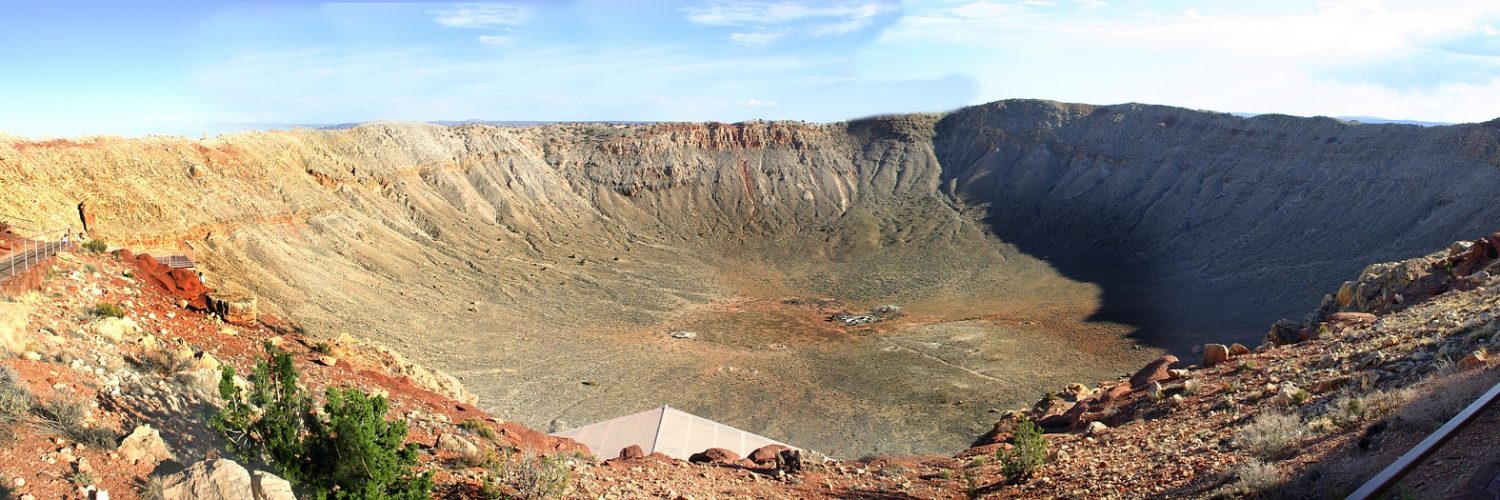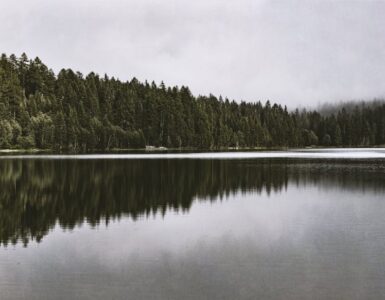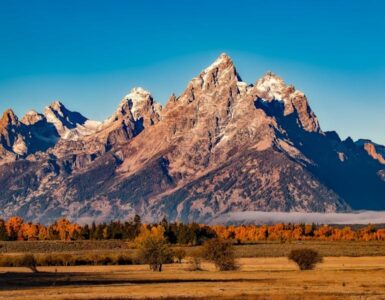Located about 20 miles west of Winslow and 35 miles east of Flagstaff rests a giant hole in the earth. That nearly mile-wide pockmark in the ground, known simply and directly as the Meteor Crater, brings in crowds of onlookers every year to peer into a divot in the earth. Researchers have also flocked to the 50,000-year-old crater to study its nickel-iron makeup and why it’s the most well-preserved meteor crater on earth.
Meteors are still hurtling through space, missing earth’s surface most of the time, and fascinating researchers from the ground. Now, a new surveillance station at the Northern Arizona site is offering astronomers a closer look into the stratosphere to detect other meteors. The new facility records meteors on a nightly basis, heping astronomers identify locations of meteors that make landfall on earth. The facility will also be instrumental in discovering and understanding new meteor showers.
The new Meteor Crater facility is just another wing of a network of stations strung throughout the northern part of the state. Together, they will use powerful software to detect meteors, and track and monitor their movements in space.
The new facility came to fruition with the help of Meteor Crater Enterprises, and as a whole the project is being led by Lowell Observatory’s Nick Moskovitz. Nicknamed LO-CAMS for “Lowell Observatory CAMS,” the project highlights a large group of cameras all aiming at the skies above. CAMS, or Cameras for All-sky Meteor Surveillance, uses a fly’s eye perspective, meaning it strings a series of images together that creates one giant image from a total of 16 cameras. Most programs use a fisheye lens of one camera to get a wide-angled look. The reason for this approach? Better precision, which may come in handy to detect meteor showers.
“With these cameras, we can triangulate everything in common between all the stations. This allows us to detect and figure out the angle at which they’re coming in, height at which they are burning up, speed, etc.” says Moskovitz.
The network of cameras uses more sensitive lenses to calculate hundreds of meteors every night, studying their trajectories. Then, the results are posted online almost instantly, giving enthusiasts an almost real-time look at what is going on above our heads every single night.
“We can take these 3D trajectories, project them and figure out where the meteor landed on the ground,” adds Moskovitz. “From there we can mount expeditions to find where any meteors landed on the ground and look for these freshly fallen meteorites.”
Lowell Observatory’s operations hub in Flagstaff began operating with LO-CAMS a while back, along with another facility at Discovery Channel Telescope site 40 miles outside of the city. Embry-Riddle came aboard the project earlier in the year, linking up to the network from its location in Prescott. The aeronautical college was a natural partner due to the opportunities it provides students to research similar projects like LO-CAMS.
Recently, the Perseid Meteor Shower put on a good show for astronomers peeking through the cameras associated with LO-CAMS. More than 660 meteors were recorded on August 12th, the high point of the five-week shower.
















Add comment